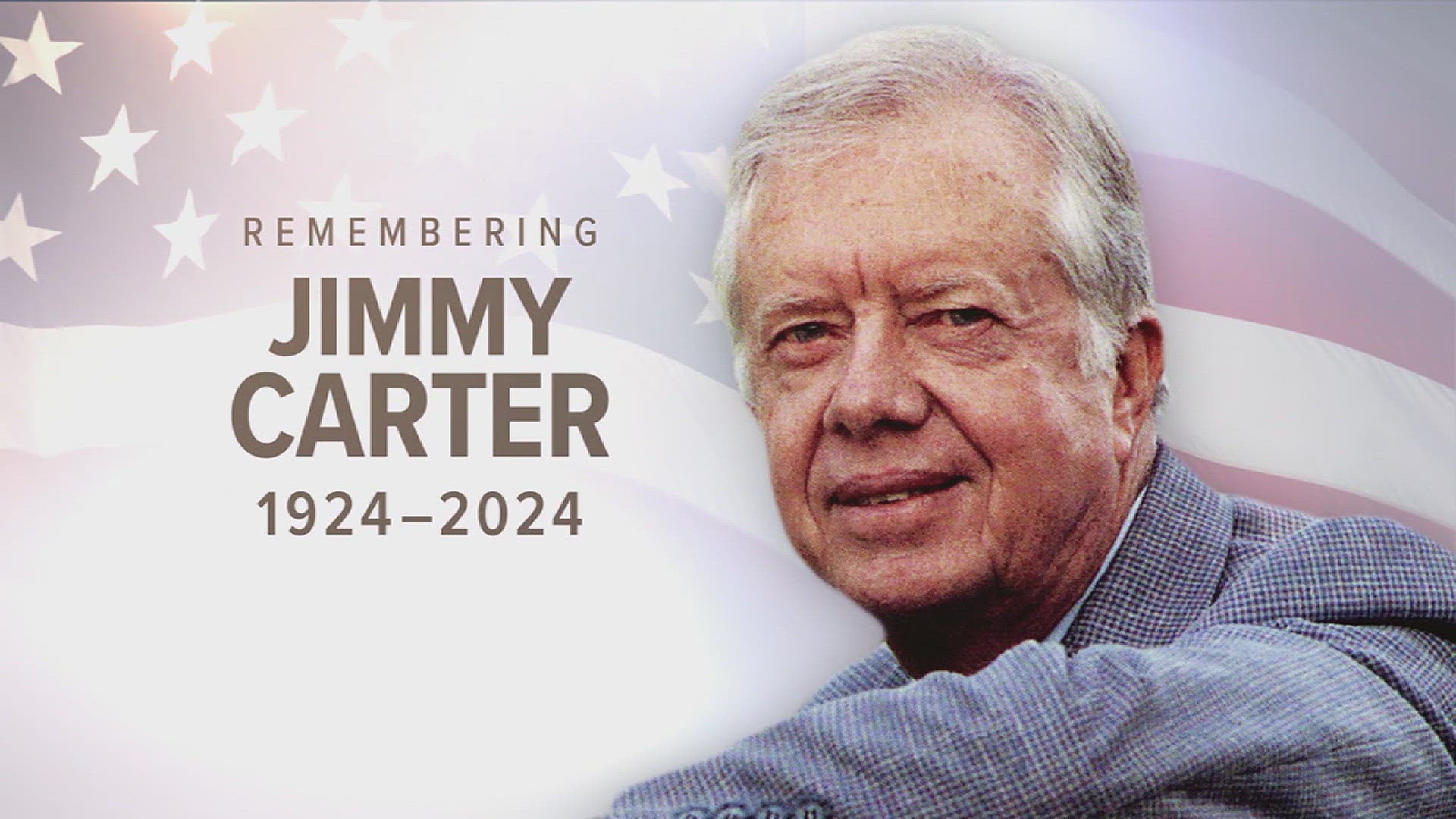(Akiit.com) In a Capitol Hill briefing, the head of the nation’s oldest black business organization said his National Business League (NBL) is addressing the problem with a focus on “creating more well-paying jobs for African- Americans“. NBL President W. Ronald Evans says that the solution is: “For America to secure economic prosperity now as well as in ten and fifty years in the future, we must restore and protect our manufacturing and technology foundation. Manufacturing and technology serve as the catalysts for all other sectors of the economy. American manufacturing and technology must be restored.”
“As we’ve lost manufacturing and technology industries, too many African-American have moved from well-paying jobs with good benefits at high tech automobile manufacturing plants to working minimum wage jobs,” said Evans as he introduced an initiative between the NBL and the American Organization for Restoring Jobs (AORJ), a consortium of business and advocacy leaders to promote the preservation and restoration of the America’s manufacturing base for both the economy and employment for more African-Americans.
The NBL action is worthwhile. Since the end of World War II, manufacturing jobs, particularly in the automotive industry, have been an important source of well-paying jobs for African-Americans. Since blacks first went into the factories, in the early 1900’s, millions of African- Americans have attained middle-class lifestyles and many families are in their fourth generation directly due to auto industry wages. As recent as 1979, 2.1 percent of African-American workers were employed in automotive manufacturing. But, by 2004, the numbers had fallen to 1.3 percent. In manufacturing in general, African- American employment has fallen from 23.9 percent of all workers to 10.6 percent.
The NBL/AORJ alliance needs consumers’ and legislators’ assistance toward their goals. Stating “it is time to turn this whole issue around,” the NBL and AORJ have asked that Congressional hearings be held on this issue. But, the groups may get grips from many black consumers on the issue. The “Buy American” initiatives the alliance is promoting may fall on deft ears among African-American car buyers. Black Americans spend $100 billion each year on vehicle purchases – 56.8 percent on “foreign cars“.
“When am I actually purchasing a vehicle made in America?” is a question African-American buyers can ask the consortium. Across the nation’s showrooms, Honda’s best sellers come from plants in Ohio while Ford imports many of its cars from Mexico. Toyota has a plant in Texas, BMW is in Alabama and Chrysler brought in cars from Europe. Factually, the Big Three still have more domestic content – defined as made in the United States or Canada – on average than their foreign-owned competitors. Many African-Americans consumers don’t care about the domestic content of a car or where it was assembled.
But, the Level Field Institute, an organization formed by former UAW members, encourages buyers to consider the domestic content and economic impact of purchasing a car. Even when deciding between a Honda and a Volkswagen people should make more sophisticated choices. Honda makes cars in Ohio and Alabama out of parts produced in this country. VW imports all of its cars. Buying a Honda supports nearly 2.4 more U.S. jobs per car than a VW. Black, as well as white, consumers need to note that buying a car made by Ford, GM or Chrysler, on balance, puts more money into the American economy than buying “a foreign vehicle“.
Much of African-Americans’ fate into the future is in our own hands. The NBL/AORJ is seeking to build values and attitudes toward buying cars made by American corporations to keep more dollars and jobs in America. Evans says he’s interested in hearing from African-American consumers, businesspeople and legislators about how to: Create manufacturing jobs; promote technical training programs and institutions among more African-American communities and more grants and contracts with government agencies and corporations for HBCU (Historically Black colleges and Universities) institutions.
Written By William Reed









Leave a Reply